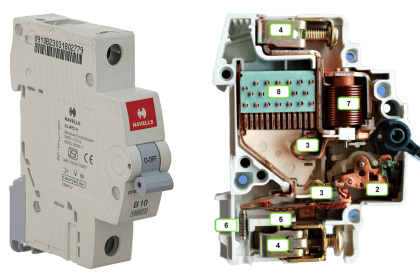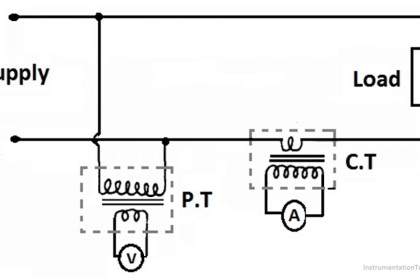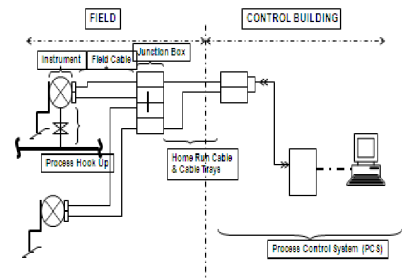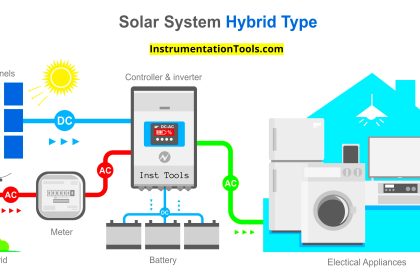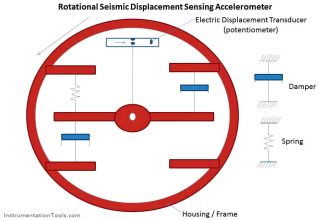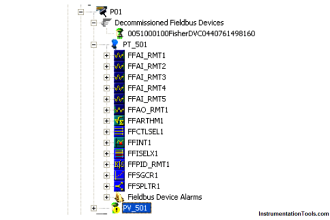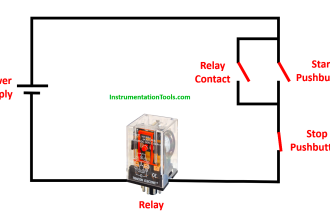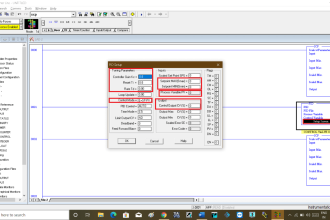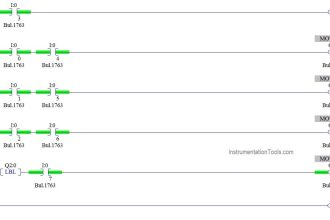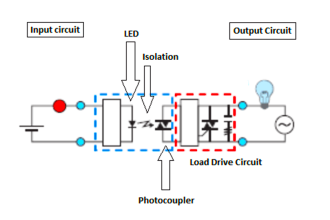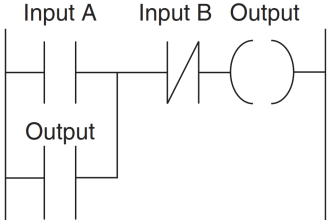The power cable is an electrical cable that comprises one or more conductors held together with an overall sheath.
The assembly is used for the transmission of electrical power either inside the ground or overhead or exposed.
Power Cable
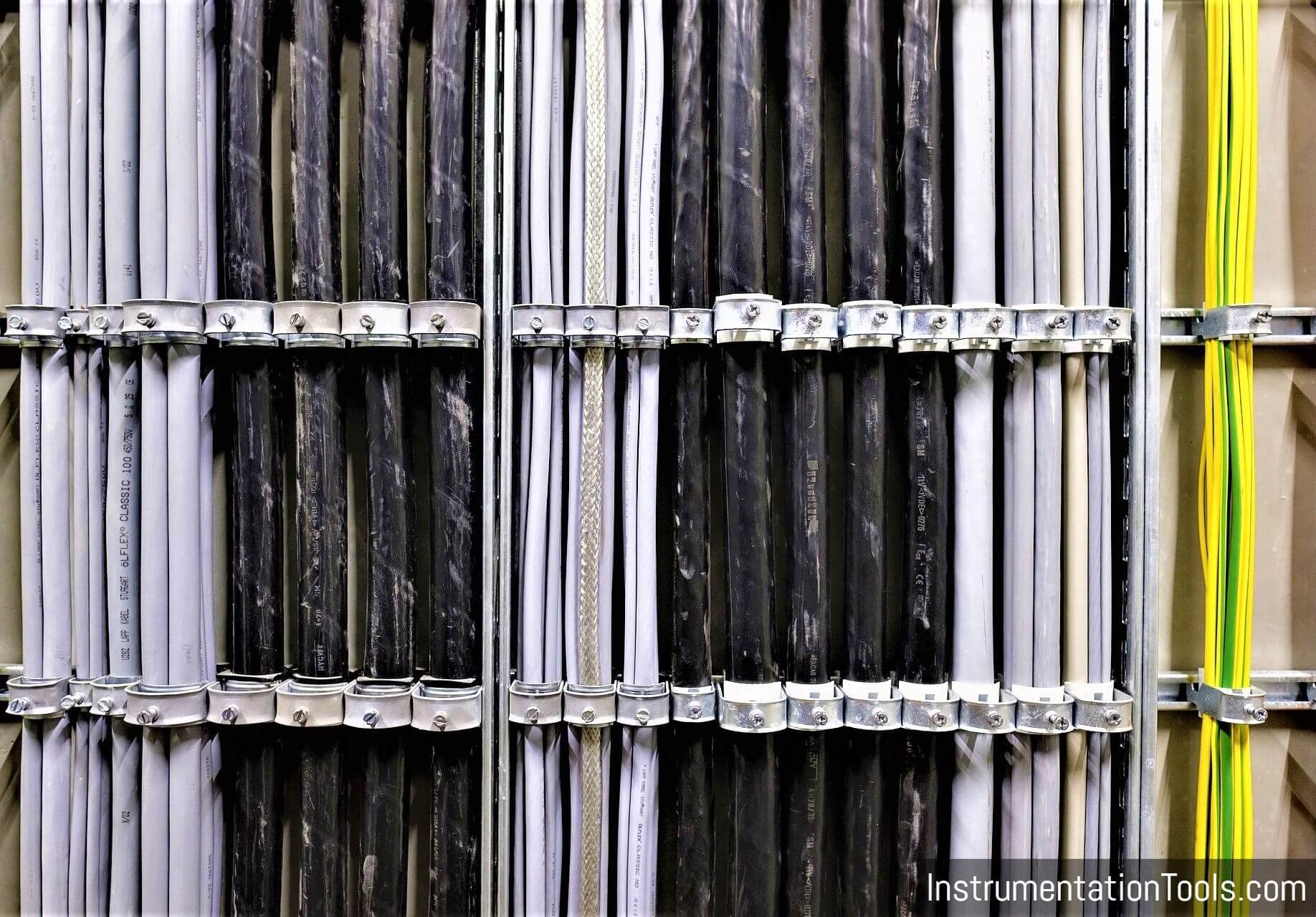
Types of Cables
The type of cable is basically decided based on the voltage level for which it is manufactured and the material used for the insulation such as paper, cotton, rubber, etc.
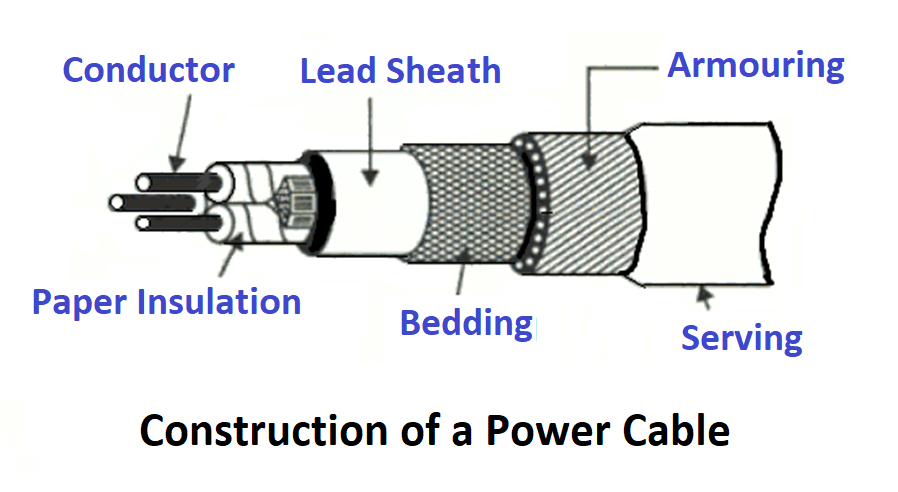
One way of classification of power cables is according to the voltage levels is
- Low Tension Cables (LT cables)
- High Tension Cables (HT cables)
Low Tension Cables
Low tension cables are used for voltage levels up to 1 kV.
The electrostatic stresses in LT cable are not dangerous, hence no special construction is used for this cable.
The paper is used as an insulation in these LT cables. Sometimes resin is also used which improves the viscosity and helps to prevent drainage.
Find below the cross-section of a single core LT cable. It consists of a circular core of stranded copper or aluminum conductor.
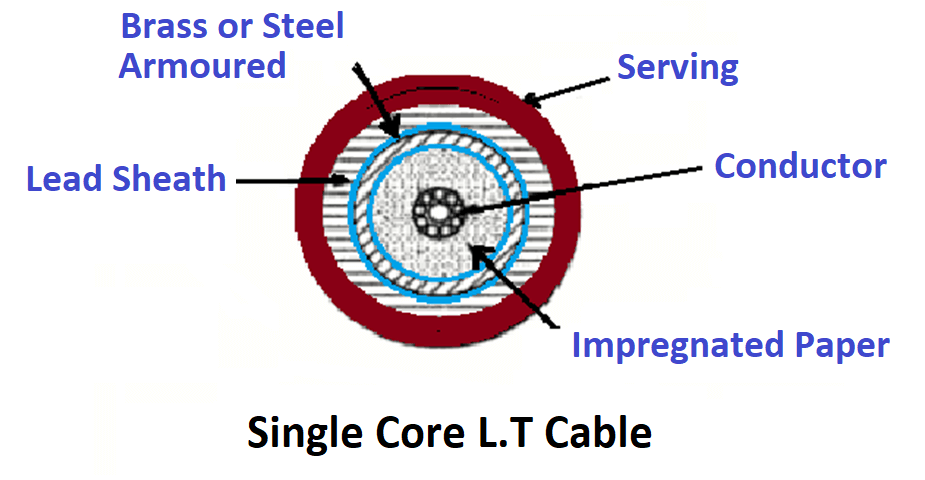
The conductor is insulated by impregnated paper. Over the paper insulation, the protective lead sheath is provided.
Then armored strength is provided and finally covered again with a layer of fibrous compounded material.
Medium and High Tension Cables
For voltages, up to 66 kV, the three core cables that are multicore cables are used.
1. HT cables up to 11 kV level which is belted type.
2. Super tension (ST) cables for 22 kV and 33 kV levels which are screened cables.
3. Extra high tension (EHT) cables for voltage levels from 33 kV to 66 kV which are pressure cables.
Constructional Features of HT Cables
Belted Cables

These cables are used for voltage levels up to 11 kV. The cores are not circular in shape.
The cores are insulated from each other by the use of impregnated paper. The three cores are grouped, held together, and belted with the help of a paper belt.
The gaps are filled with fibrous material related to jute. The belt is covered with a lead sheath which protects the cable from ingress of moisture and also gives mechanical strength.
The lead sheath is finally covered by the jute-like fibrous compounded material.
Super Tension Cables
These cables are utilized for the voltage levels of 22 kV and 33 kV. The two types of screened cables are
- H type cables.
- SL type cables.
H Type Cables

In this type of cable, there is no paper belt is used. Each conductor in this cable is insulated with paper, covered with a metallic screen which is generally an aluminum foil.
S.L Cables
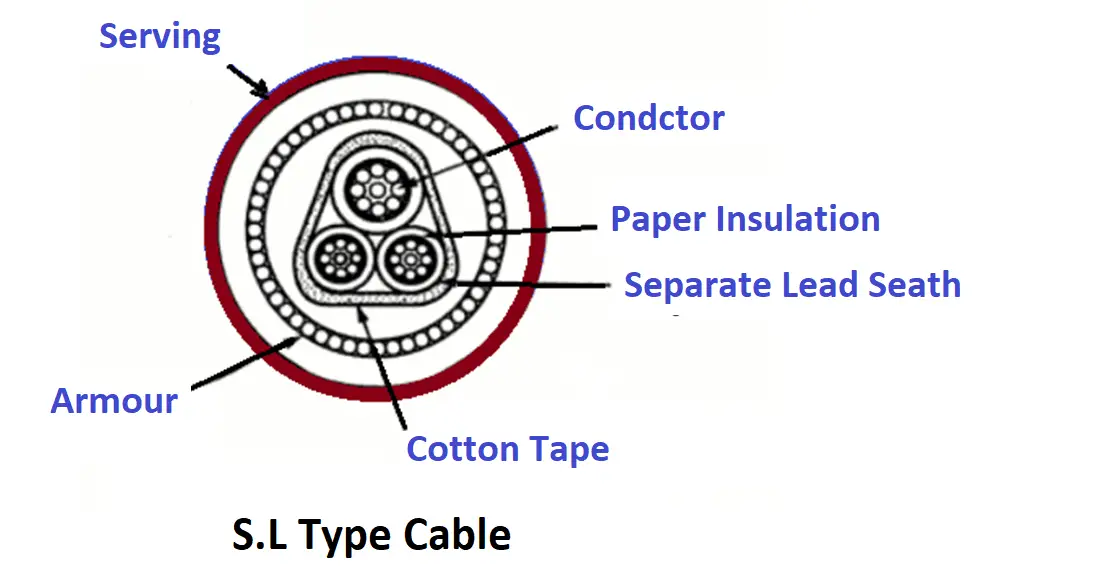
The name S.L sands for separate lead screened cables.
In this cable, each core is insulated with an impregnated paper and each one is then covered by a separate protective lead sheath. Then there is a cotton tape covering all 3 cores together used a proper filler material.
The difference between H type and S.L types cable is that in S.L type a common lead sheath covering all the three cores is absent while each core is provided with a separate lead sheath. This allows bending of cables as per the requirement.
Extra-High Tension Cables
In solid type cables, a separate arrangement for avoiding void formation and improving dielectric strength is not provided. Hence those cables are used power flow maximum up to 66KV level.
The Extra high tension cables are intended for 132 kV to 275 kV voltage levels.
Oil-filled Cables
The cable consists of a concentrically stranded conductor but built around a hollow cylindrical steel spiral core. This hollow-core in a conductor acts as a channel for the oil.
The oil channel is filled in a factory and pressure is maintained in the oil by connecting the oil channel to the reservoirs which are placed at an appropriate distance along the path of the cable.
When the cable is heated, the oil expands but expanded oil is collected in the reservoir. When the cable is cooled, extra oil is supplied by the tank to maintain the oil pressure.
Since the oil channel is within the cable conductor hence it is called single-core conductor channel oil-filled cables. The cable is similar to that of the solid type cable.
The oil-filled cables are three types:
- Single conductor channel
- Single core-sheath channel
- Three core filler space channels.
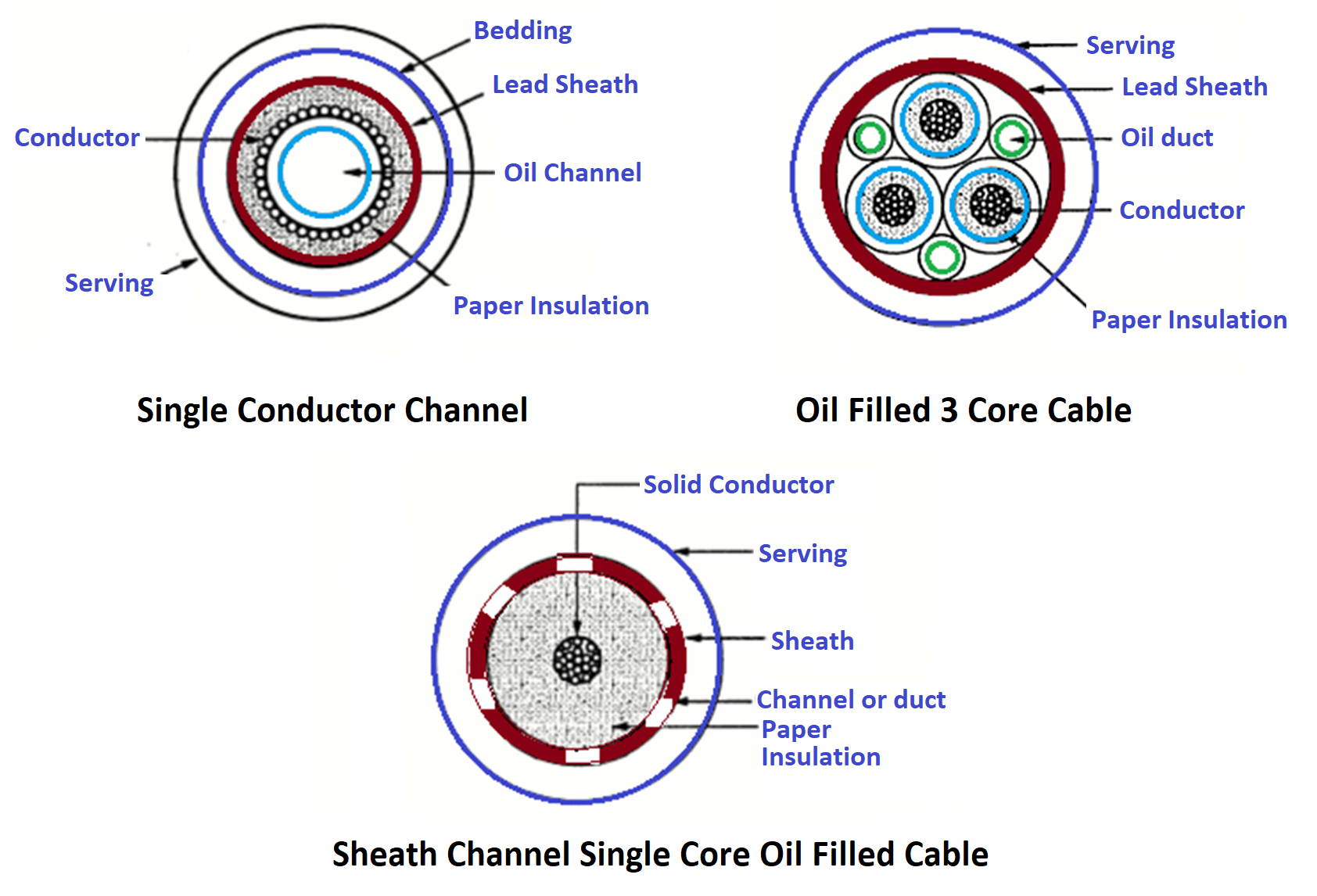
Gas-filled Cables
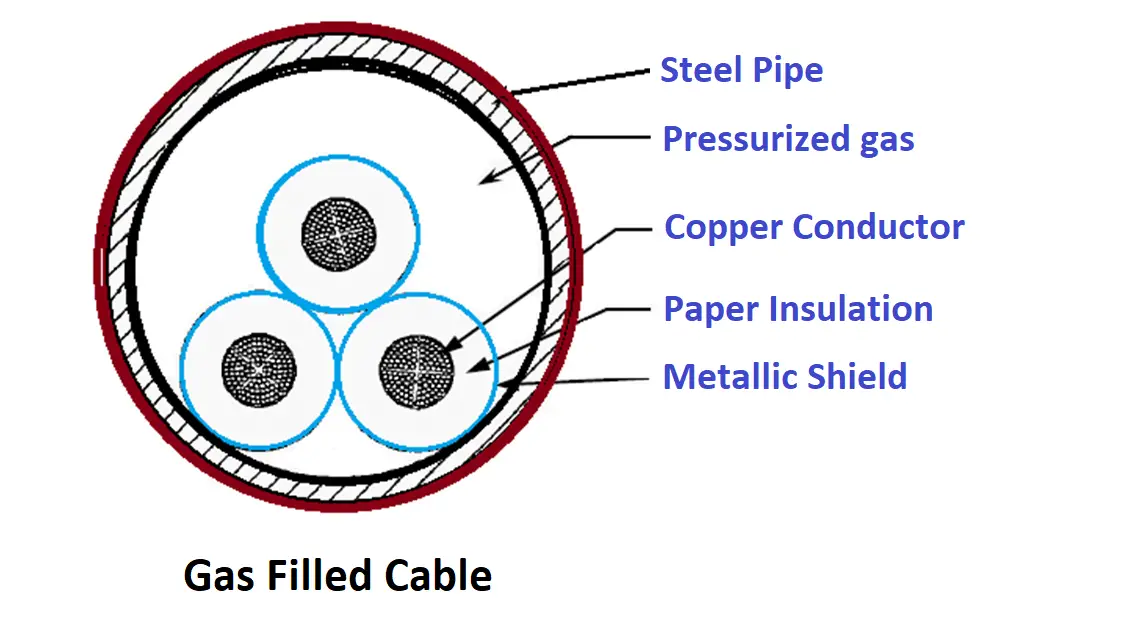
The cable is triangular in shape and put in the steel pipe. The pipe is filled with nitrogen at 12 to 15 atmospheres pressure.
Because of such high pressure, there is a radial compression due to which the ionization is totally eliminated.
The working power factors for such cables are also high.
Source: Power systems engineering by R.K Rajput.
Read Next:
- Circuit Breaker Quiz
- Circuit Breaker Animation
- Oil Circuit Breakers
- How to Select a Fuse?
- What is Auto Reclosing?

